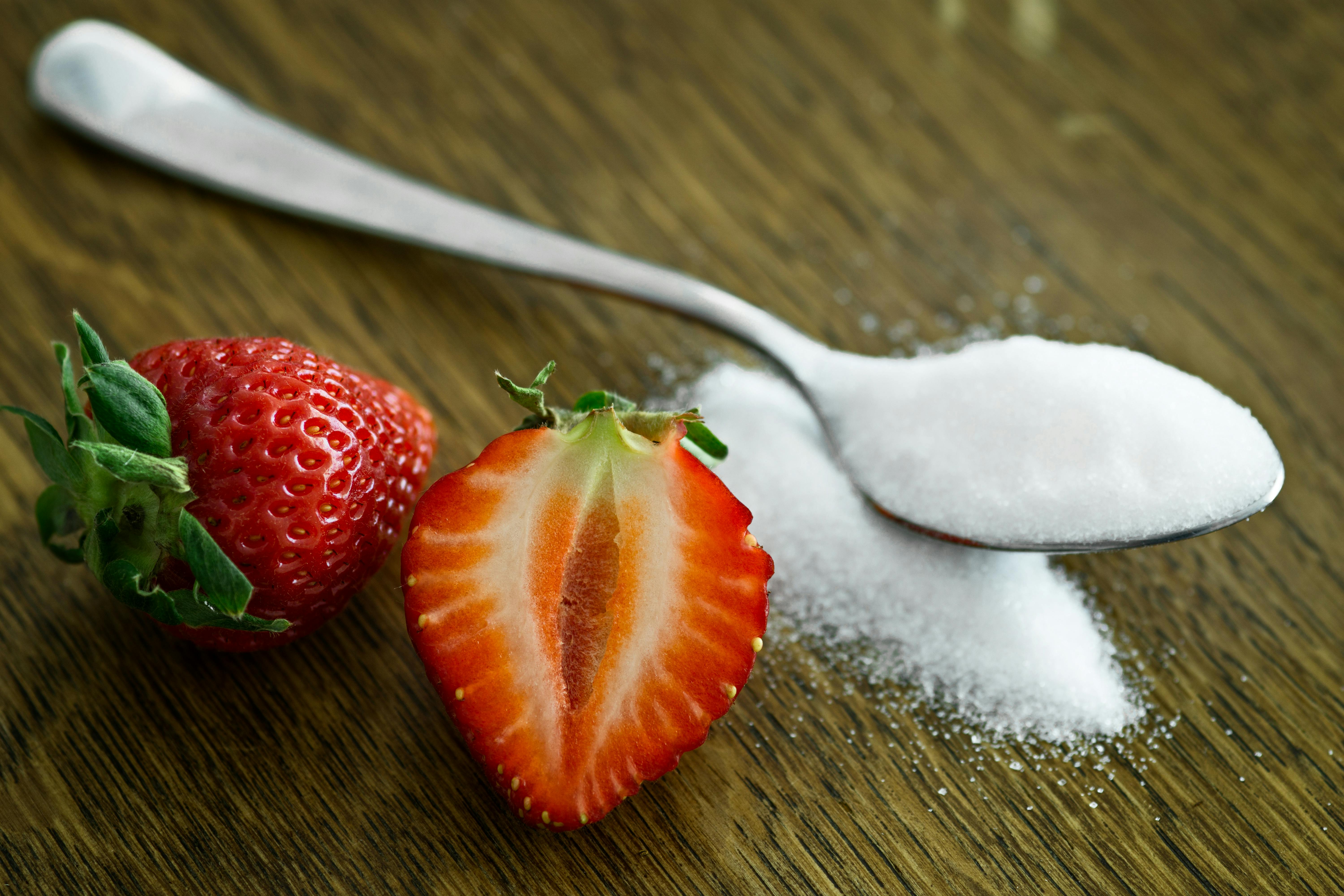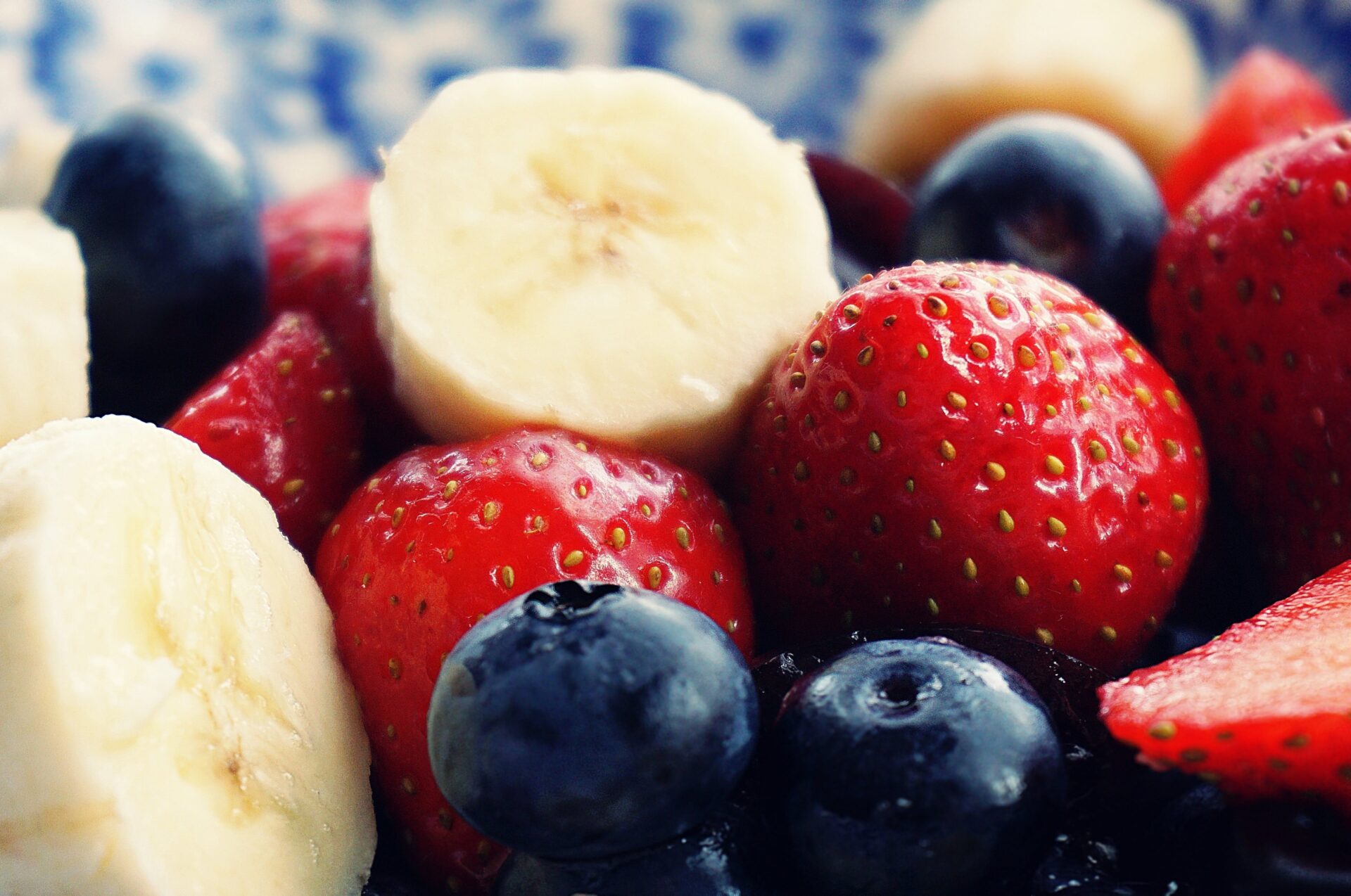Strawberries are a favorite fruit of many people, and it is possible to grow them in North Carolina. By following some simple steps, you can enjoy delicious homegrown strawberries right from your own backyard. With the right soil, a sunny spot, and good watering habits, you’ll be able to create the perfect environment for your strawberry plants. This guide will help you learn how to grow strawberries in North Carolina so that you can enjoy fresh strawberries all season long.Planting strawberries in North Carolina is a great way to enjoy fresh, sweet berries in your own backyard. Here are the steps to get you started:
1. Choose a site with well-drained soil and full sun exposure. Avoid low spots where water may collect.
2. Prepare the soil by adding organic material such as compost or rotted manure before planting.
3. Purchase strawberry plants from a local nursery or online supplier that are suited for North Carolina’s growing conditions and soil type.
4. Plant the strawberries in late winter or early spring when the weather is cool and moist. Space plants 18-24 inches apart in rows 3 feet apart, with the crown just above the soil surface.
5. Mulch around the plants with straw, hay, or wood chips to conserve moisture, reduce weeds, and protect the roots from extreme heat or cold temperatures.
6. Water regularly and fertilize every 4-6 weeks during the growing season using a balanced fertilizer such as 10-10-10 or 8-8-8 at a rate of one pound per 100 square feet of bed area.
7. Monitor closely for signs of pests and disease; if found, treat promptly according to manufacturer’s instructions for safe use of pesticides and fungicides on edible crops.
8 .Harvest ripe strawberries when they turn red; remove any damaged fruit promptly to discourage pests from invading your crop. Enjoy your delicious harvest!
Where to Buy Strawberry Plants in NC
Strawberries are a popular fruit in North Carolina and can be grown easily by anyone. Whether you are a novice gardener or an experienced grower, you can find strawberry plants for sale in many places throughout the state. Planting strawberry plants is an inexpensive way to add fresh fruit to your garden or landscape. Here are some of the best places to buy strawberry plants in North Carolina.
Farmers Markets: Visiting a local Farmers Market is one of the best ways to find fresh and locally grown strawberry plants. Many farmers and vendors at these markets have started their own small nurseries and offer budding plants for sale. You also have the chance to talk directly with the growers and ask questions about growing strawberries in your area.
Garden Centers: Most counties in North Carolina have at least one garden center that sells strawberry plants. These garden centers typically carry several varieties of strawberries as well as other types of fruit-bearing trees, shrubs, and vines. The staff at these centers can also provide advice on how best to care for your strawberry plants once they arrive home with you.
Nurseries: Nurseries are another great place to look for strawberry plants in North Carolina. Many local nurseries carry different varieties of strawberries, so you’ll have plenty of options when it comes time to make your selection. Nurseries usually offer advice on planting, pruning, and harvesting strawberries as well as helpful tips on how to keep your plants healthy and productive throughout the growing season.
Online Retailers: There are also several online retailers that sell strawberry plants in North Carolina. These retailers often offer a wide variety of different varieties, so take some time to research which type is best suited for your climate and growing conditions before making a purchase. Be sure to read reviews from previous customers before placing an order so you know what kind of quality you’re getting from the retailer.
No matter where you decide to buy your strawberry plants from, it’s important that you purchase them from a reliable source so they arrive healthy and ready for planting in your garden or landscape. With the right care, these little fruits can provide delicious treats all season long!
What Type Of Soil Is Best For Growing Strawberries In NC?
Growing strawberries in North Carolina can be a rewarding experience for gardeners. The key to success is choosing the right type of soil. The best soil for growing strawberries in North Carolina should be well-draining, fertile, and high in organic matter. Sandy loam soils with a pH between 6.0 and 6.5 are ideal for growing strawberries, as they provide good drainage and aeration while also retaining moisture and nutrients. Compost or aged manure can be added to increase the organic content of the soil. Additionally, adding lime to raise the pH level of acidic soils is recommended, as most strawberries prefer a slightly acidic soil environment.
Strawberry plants require consistent moisture in order to produce healthy fruit. Mulching with straw or grass clippings will help keep the soil moist and reduce weeds. To prevent disease, avoid overhead watering if possible and water only at the base of plants early in the morning or late evening when temperatures are cooler.
By taking these steps to create an ideal environment for your strawberry plants, you will be rewarded with an abundant harvest of sweet and juicy berries!
When Is The Best Time Of Year To Plant Strawberries In Nc?
The best time to plant strawberries in North Carolina is during the early spring months of March and April. Planting at this time gives the plants plenty of time to become established before the hot summer temperatures arrive. Additionally, planting strawberries in early spring also helps ensure that the plants will produce a good crop of fruit before the summer’s heat takes its toll.
Strawberry plants need at least six hours of direct sunlight each day, and soil that is not too wet or too dry. If you are planting in an area with poor drainage, it is important to make sure that you provide adequate drainage by adding sand or organic material to the soil. Once planted, strawberry plants should be watered regularly throughout the growing season to ensure they receive all the nutrients they need to grow and produce fruit.
It is also important to take into consideration how long it will take for your strawberry plants to reach maturity when deciding when to plant them. Generally, it takes about three months for strawberry plants to reach maturity, so if you want your crop ready by early summer then you should plan on planting your strawberries in mid-March or early April.
Finally, if you are growing strawberries in containers then make sure that they are large enough for the roots to spread out and receive adequate air circulation. Containers should also be placed in an area where they can receive six hours of direct sunlight each day. With a little bit of planning and preparation, you can enjoy a successful strawberry harvest each year!
How Much Sunlight Does A Strawberry Plant Need In NC?
Strawberry plants need a lot of sunshine to thrive in North Carolina. The ideal amount of sunlight is six to eight hours per day, but it can vary depending on the variety. During the summer months, when temperatures are high, plants may need more shade and water to keep them from getting too hot. When temperatures drop in the fall and winter months, plants may need more direct sun exposure to remain healthy. To ensure optimal growth and production, strawberry plants should be placed in an area with good air circulation and plenty of sunlight. Additionally, it is important to provide adequate water during dry periods as this will help keep your strawberries from drying out.

Planting
Strawberry plants are easy to grow in North Carolina, as the climate is perfect for them. The best time to plant strawberries is in early spring, after the last frost has passed. When planting strawberries, you should choose a sunny spot with well-drained soil. Make sure you space the plants at least 12 inches apart and keep them away from any other plants that may be susceptible to disease or pests. Once planted, water your strawberry plants deeply and thoroughly.
Care
Once your strawberry plants are planted, you will need to care for them throughout the growing season. Make sure to keep your strawberry plants well-watered and weed free. Mulch around the strawberry plants with straw or wood chips to help retain moisture and prevent weeds from growing around the base of each plant. If you notice any signs of disease or pests on your strawberry plants, treat them immediately with a fungicide or pesticide according to package directions.
Harvesting
Strawberry season typically begins in late spring and continues into summer. When harvesting strawberries, make sure not to pull them off of the plant by their stems as this can cause damage to both the plant and fruit. Instead, gently twist each berry off of its stem before placing it in a basket or container for storage or transport. If you are not planning on eating your strawberries right away, be sure to store them in a cool place such as a refrigerator until ready for consumption.
Common Pests And Diseases Of Strawberry Plants In North Carolina
Strawberry plants in North Carolina are susceptible to a number of pests and diseases. These include insects, mites, fungi, viruses, and bacteria. Common insect pests include aphids, thrips, whiteflies, leafhoppers, cutworms, and slugs. Mites may also feed on the leaves or fruit of strawberry plants. Fungal diseases such as powdery mildew and red stele can cause significant damage to strawberry plants in North Carolina. Viruses like the strawberry mottle virus can also be a problem. Bacterial diseases like bacterial blight and bacterial wilt can cause plant death in some cases.
Insects can be controlled by using organic or chemical insecticides applied every two weeks during the growing season. Mites can be controlled by using organic or chemical acaricides applied every two weeks during the growing season. Fungal diseases can be managed by applying fungicides during periods of high humidity or when signs of disease first appear on the plant. Viruses are more difficult to control and generally require removal of infected plants from the field as soon as possible. Bacterial blight and bacterial wilt should be managed through good cultural practices such as crop rotation and avoiding overhead irrigation.
To prevent common pests and diseases from affecting strawberry plants in North Carolina it is important to practice good cultural practices such as crop rotation, removing weeds from around the planting area, using mulch to help retain moisture in soil, avoiding overhead irrigation when possible, removing diseased plants from the field promptly, and applying organic or chemical insecticides or acaricides as needed. Following these practices can help prevent common pests and diseases from affecting strawberry plants in North Carolina.
Harvesting Strawberries in North Carolina
Harvesting strawberries in North Carolina is a great way to enjoy the delicious, sweet taste of berries grown in your own backyard. The process of harvesting strawberries can be simple and rewarding, allowing you to enjoy the fruits of your labor. Here are some tips on how to harvest strawberries from your garden in North Carolina.
The first step is to make sure that the strawberries are ripe before harvesting them. Strawberry plants typically produce fruit for about 4-5 weeks, so it’s important to monitor their progress and pick them when they’re at their peak of ripeness. Look for bright red berries with glossy skin that easily pull away from the stem.
When harvesting strawberries, it’s important to use caution and take care not to damage the plants or the fruit itself. Gently grasp each berry close to its stem and pull it off the plant in one swift motion. Be sure not to overfill your basket or container as this can cause bruising and spoilage of the fruit.
Once you have picked all of the ripe berries, it’s important to keep them cool and dry until you’re ready to use them or store them for later use. Store harvested strawberries in an airtight container in the refrigerator for up to 5 days or freeze them if you want a longer shelf life. Enjoy your freshly picked berries as soon as possible for maximum flavor!

Conclusion
Growing strawberries in NC is not as difficult as it may seem. With a bit of preparation and knowledge, you can successfully grow delicious strawberries in your backyard. Choose the right variety that fits your needs, prepare the soil properly, and provide enough water and nutrients to your plants. With regular maintenance and proper care, the rewards of growing fresh and juicy strawberries will be worth it!
So why not try growing strawberries in NC? It’s a great way to enjoy fresh, delicious berries while also providing some environmental benefits. Plus, it’s a fun activity that you can share with friends and family! Get started today and join the many NC strawberry growers who are enjoying the sweet success of homegrown berries.



